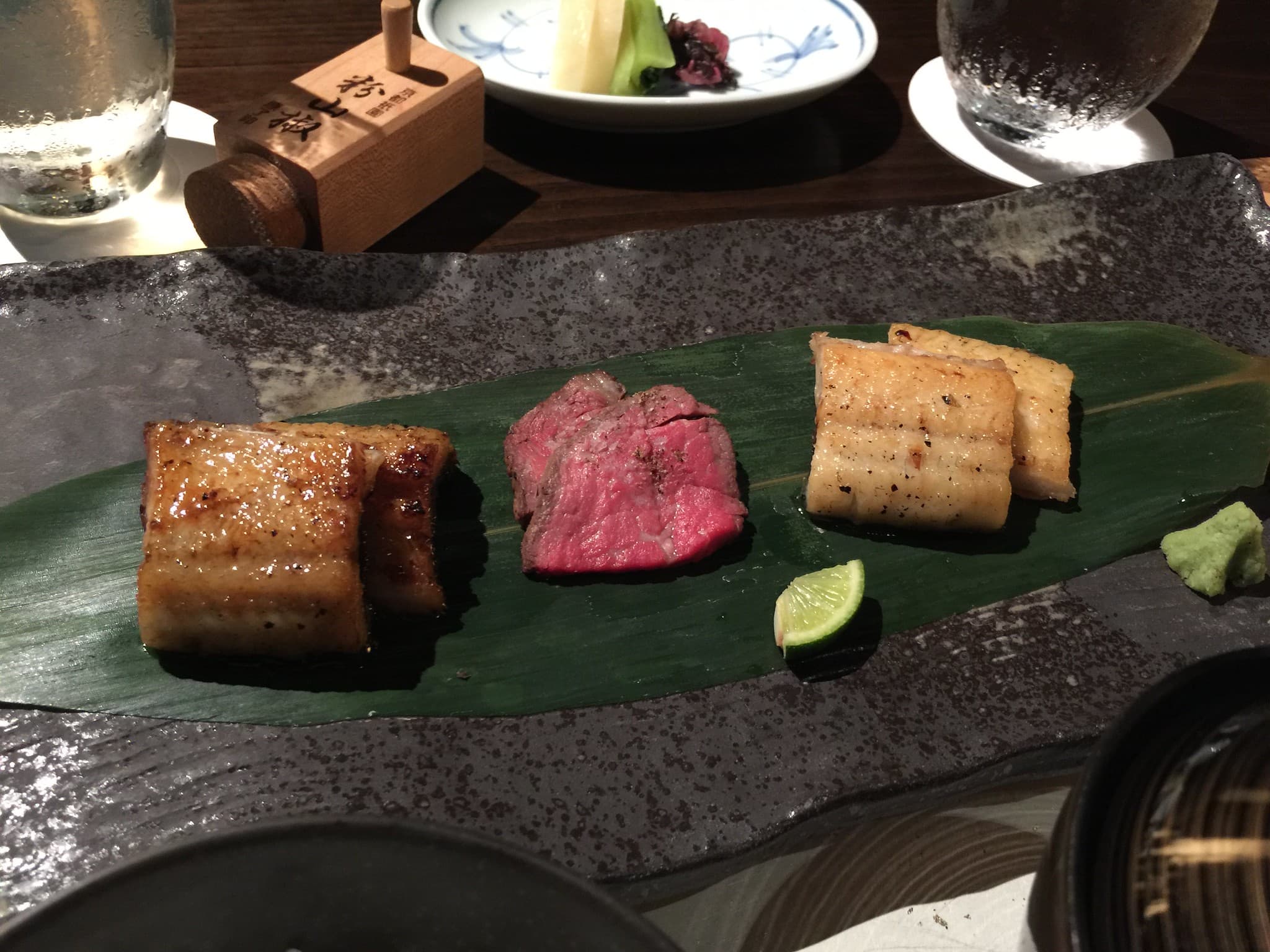
The Differences Between the Two Eels.
Unagi is one of Japan’s most popular dishes. Anago is enjoyed but it is not as mainstream. Learn the differences between the two eels, and why anago deserves a place in your food cravings.
Unagi versus Anago
To start, unagi is a freshwater eel found in East Asia and Southeast Asia, while anago is a saltwater eel, also known as conger eel, found in East Asia and the Northwest Pacific.
Looks
Just from seeing the two eels, unagi can grow twice as long as anago. Unagi is plain-looking with a dark brown body. Anago also has a brown body but it is lined with white spots.
Nutrients
In terms of containing more nutrients, unagi is richer in its vitamin source. However, in terms of calories, anago has far fewer calories. It becomes a trade-off if you are looking to eat for nutritional benefits or calorie-counting.
Preparation
Unagi is traditionally prepared kabayaki-style in that it is grilled and seasoned with tare, a sweet soy glaze. It is typically served over rice.
Anago is not grilled with tare sauce, but it can be grilled. The eel is first simmered and then prepared for sushi or deep-fried for tempura.
Taste
Unagi is known for its rich, oily tasty that brings out the eels’ flavors. On the other hand, anago has a light, subtle, delicate taste, with a soft, buttery, fluffy texture, and a natural sweetness.
Sustainability
While is unagi is loved, the eel is getting fewer and fewer because of the demand. By contrast, anago is currently considered more sustainable with more and more restaurants in Japan offering the eel.
Sign up for my newsletter on the sidebar for blog updates and my travel insider tips! And, check out my vlogs on YouTube!


